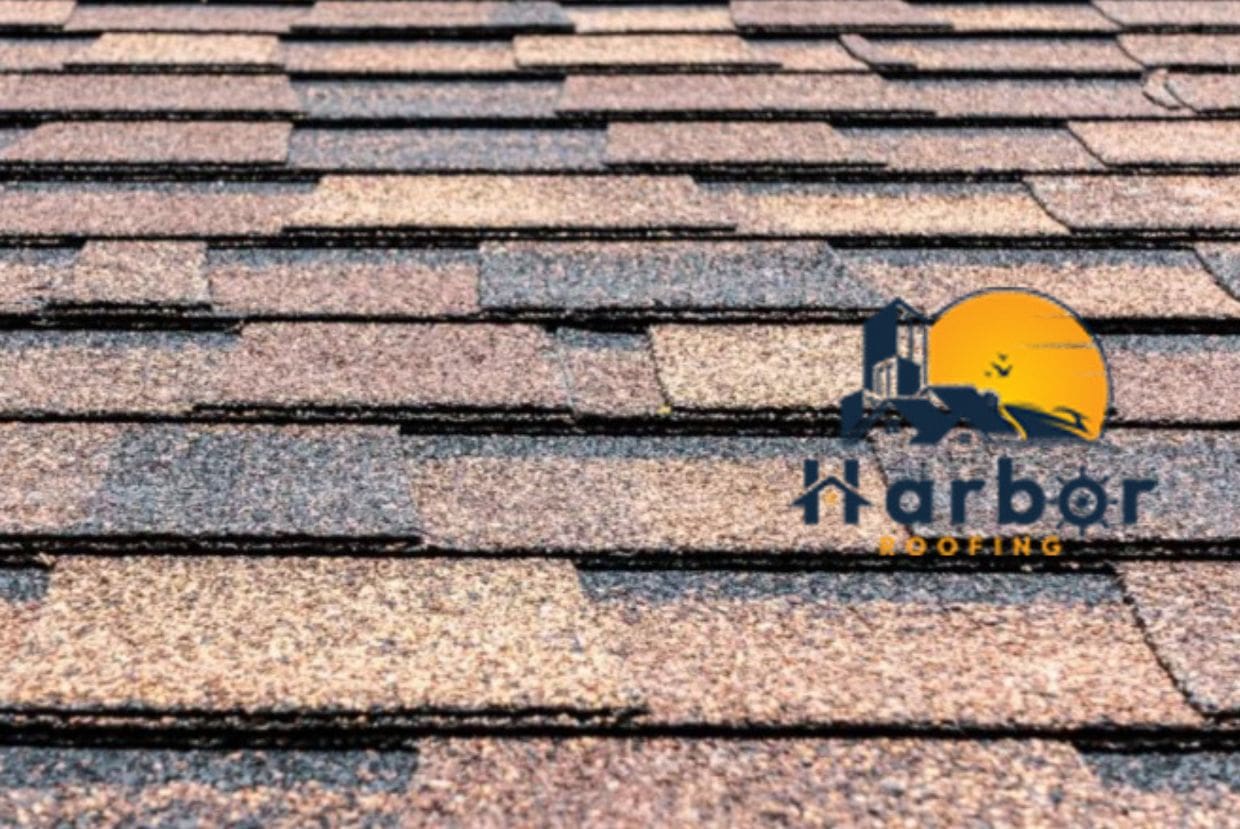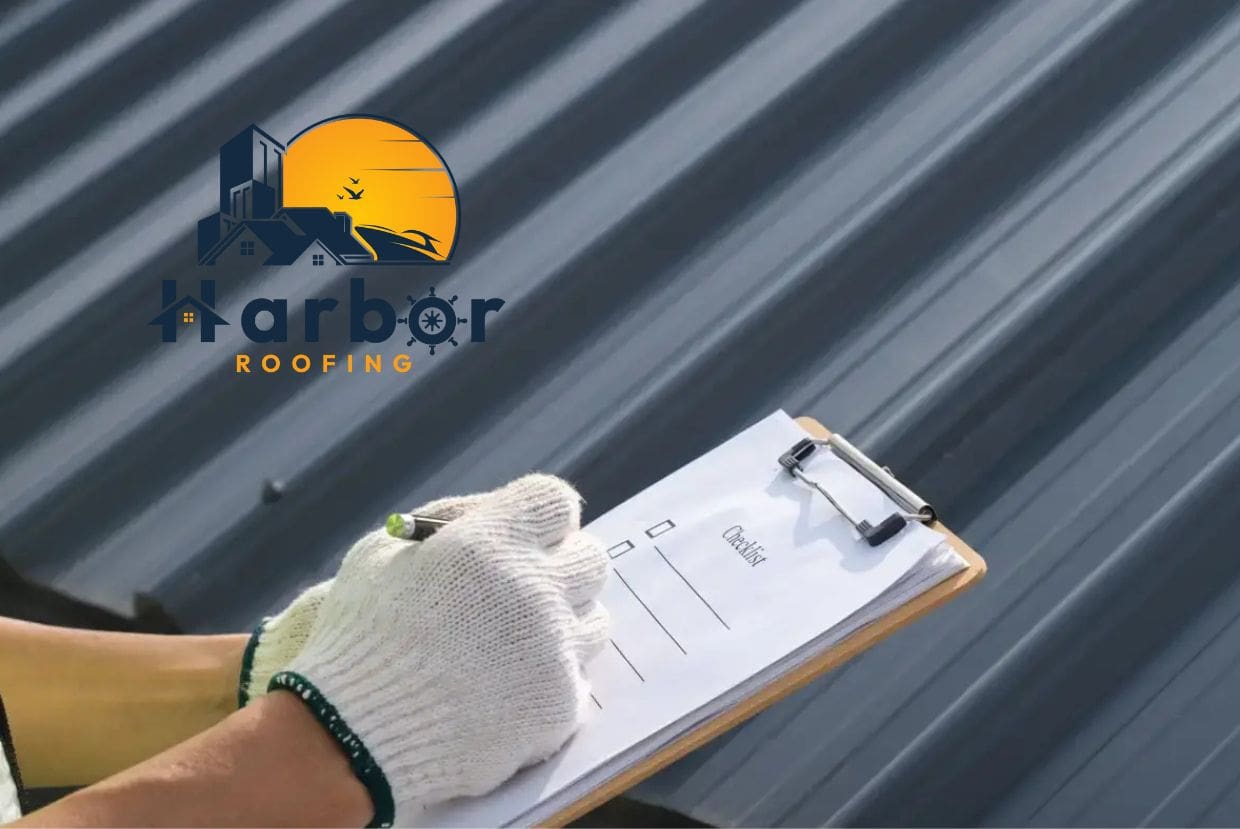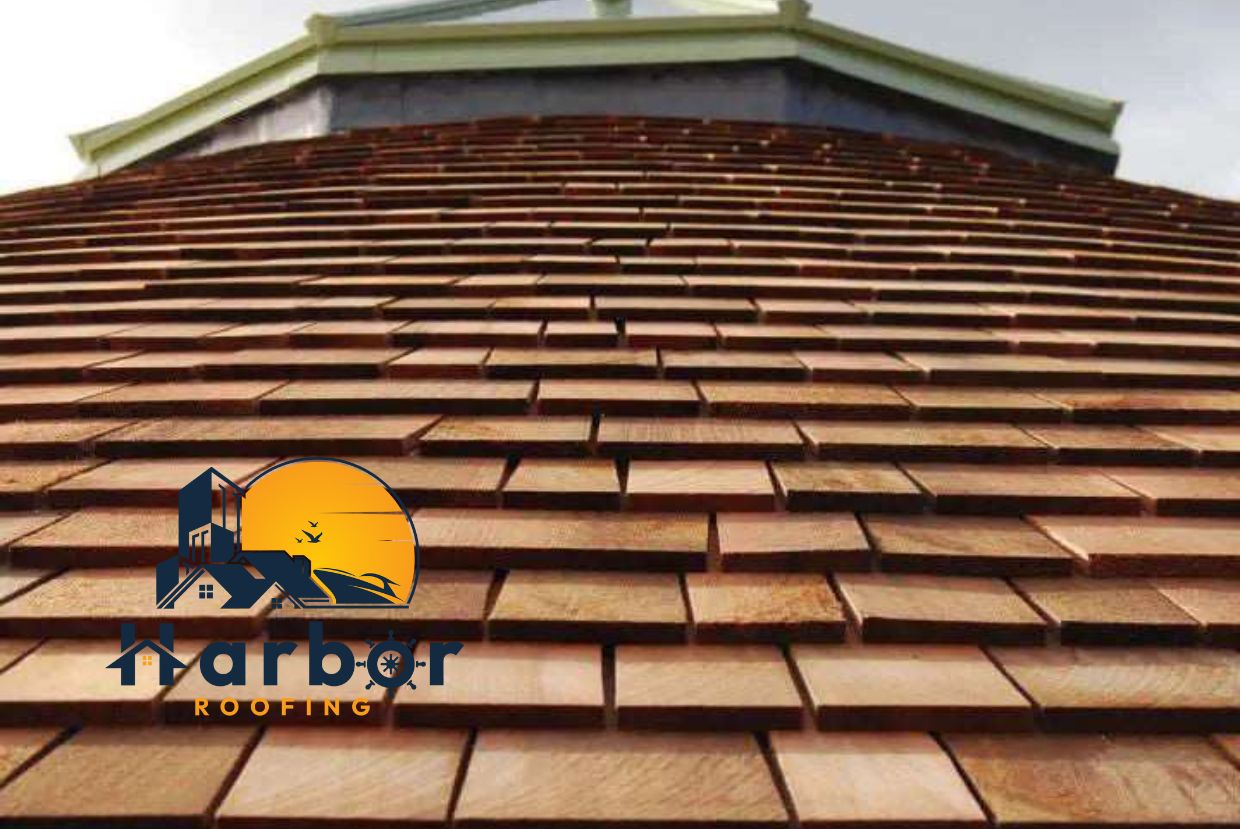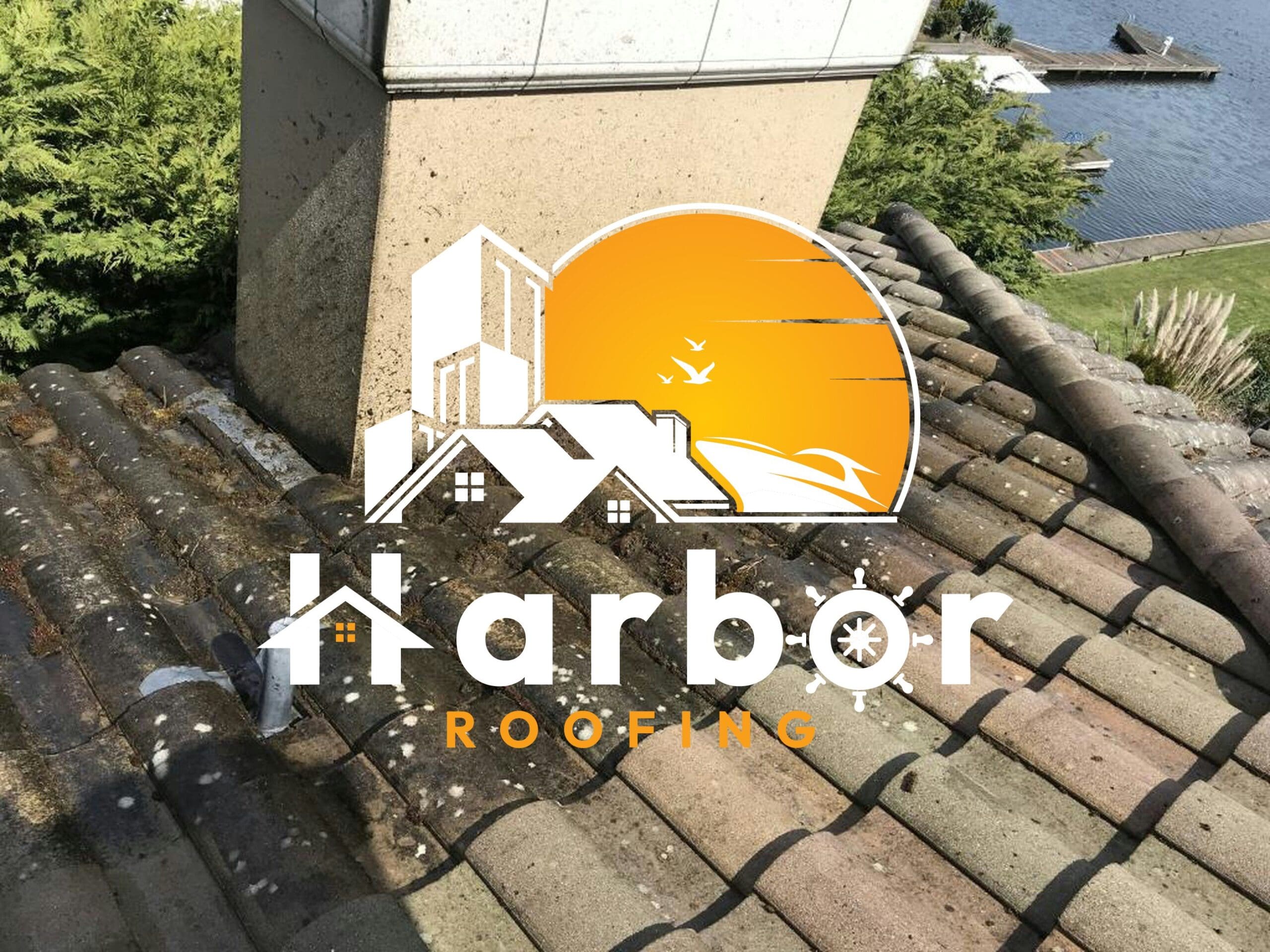Table of contents
Gutters might not be the most attractive part of your home, but they are an indispensable part of it. Having a proper gutter installation makes sure your rainwater flows away from your roof and foundation. Allowing you to prevent costly damage.
Moreover, if you do have a poorly installed gutter, water can pool on your roof or seep into your home’s foundation. Leading to leaks, rot and structural problems that are way too expensive to fix. Plus, installing gutters the right way protects your home’s integrity and keeps it safe and dry.
The Role of Gutters in Roof And Foundation Protection
Why Gutters Matter
As mentioned, gutters play a big part in keeping your home safe from water damage. With proper installation, it can direct rainwater away from your roof and structure. Thus, preventing leaks, wood rot and other issues that can become a costly problem over time. This means, without proper gutters, water would pool around your home, causing some serious damage to it.
Additionally, gutters help in preserving the integrity of your roofing materials and overall house structure. Simply by channelling water safely away, gutters reduce wear and tear on shingles and prevent water from seeping into walls or basements. Meaning, gutters act as your house’s shield against water damage.
How Gutters Prevent Roof Damage
When water starts to collect on your roof, it can quickly begin to deteriorate your shingles. This leads to leaks and expensive repairs. Not to mention, gutters also help protect your fascia boards, which support your roof’s edge. Without them, these boards will start to rot from the continuous water exposure.
Similarly, gutters help in preventing ice dams during winter months. When water begins freezing on the roof, ice dams develop, thus leading to damaged shingles and gutters. Just by directing the water away, gutters reduce the risk of these problems. Therefore, making proper gutter installation an important part of fending off your roof from different kinds of damage.
How Gutters Prevent Foundation Damage
Since gutters channel rainwater away from your home’s foundation, it also helps prevent soil erosion. When water starts to collect near the base, it can wash away the solid, leading to cracks in the foundation. Hence, leading to weakened stability and expensive repairs. Additionally, too much water near the foundation can also seep into basements, causing dampness and mold growth. Gutters direct water away from your foundation, keeping it dry and strong.
Planning Your Gutter Installation
Assessing Your Home’s Needs
Prior to beginning gutter installation, make sure to fully study your roof’s size and pitch carefully. Larger roofs need more extensive gutter systems to handle heavy rainfall effectively. Also, the puth of your roof can affect how quickly the water will flow off, which further influences the size and speed of the gutter.
Following that, also account for your local weather conditions. Locations that have heavy rain or snow will require stronger gutters and more constant downspouts. Knowing these characteristics can help in choosing the ideal gutter system that can protect your home more effectively.
Next, consider local weather conditions. Areas with heavy rain or snow demand stronger gutters and more frequent downspouts. Understanding these factors helps you find a suitable gutter system that protects your home efficiently.
Choosing the Right Gutter System
When it comes to selecting a gutter system, you usually have two options: sectional or seamless. Sectional gutters come in pre-cut pieces and are very easy to install. However, they tend to leak at the joints. On the flip side, seamless gutters provide better protection against leaks. But demand professional installation and are more expensive.
The type of material you choose also matters. For instance, aluminum gutters are almost weightless and rust-resistant, which also makes them a popular choice. Comparatively, vinyl gutters are more affordable but less durable. Steel gutters offer strength but can rust if it is not properly coated. Copper gutters, on the other hand, provide longevity and are aesthetically pleasing, but come with a higher cost.
Budgeting and Preparation
When you make a budget for gutter installation, it means more than just buying materials. Surprise repairs, such as replacing rotted fascia boards, can add to the cost. Thus, making inspection prior to installation an indispensable part of the procedure.
Similarly, safety is also important. This means making sure you have sturdy ladders, gloves, and proper eye protection. Furthermore, collect all the necessary tools like a hacksaw, drill, and sealant prior to beginning your project. Being prepared will guarantee that you have a smooth installation process and reduce the risk of accidents.
Step-by-Step Guide to Gutter Installation
Measuring and Marking
First, begin by carefully measuring the total length of your roofline where you are thinking of installing the gutters. You can use tools like measuring tapes to get precise measurements for each section of your structure. This includes corners and areas where you will be placing the downspouts. Accurately measuring will guarantee you avoid material waste and lead to a much smoother installation procedure.
Once you have measured, mark the slope on the fascia board. Gutters need a slight downward slope, usually ¼ inch for every 10 feet. This helps in making sure the rainwater flows naturally towards the downspouts and prevents water from pooling up or overflowing. You can use a level or chalk line to mark the slope consistency along the entire gutter.
Cutting and Assembling Gutters
Use a hacksaw or tin snips to cut gutters to the exact length you have measured. During this process, make sure you are wearing safety gloves and goggles to protect yourself during the cutting. Afterward, when assembling, overlap each gutter section by at least two inches to create a tight seal and prevent leaks.
Lay the gutter section on a flat surface proper for installation. Use gutter connectors or waterproof sealant to connect the sections and make sure they are securely attached. Also, preparing and assembling the gutter on the ground saves time and helps in noticing any fitting issues before mounting.
Attaching Gutters and Downspouts
Attach gutter hangers every 18 to 24 inches, securing them firmly into the rafter tails rather than just the fascia board. This method provides stronger support and prevents gutters from sagging under the weight of water or debris.
Install downspouts at planned locations, using elbows to direct water away from your home’s foundation. Place splash blocks at the base of downspouts to reduce soil erosion and guide water safely away from your home, protecting the foundation from potential damage.
Sealing and Testing
Apply a high-quality waterproof sealant to all gutter joints and end caps. Proper sealing prevents leaks and water damage, extending the life of your gutter system. Allow the sealant to dry completely according to the manufacturer’s instructions before testing.
Test the gutters by running water through them using a garden hose. Observe for leaks, pooling, or improper drainage. Address any issues immediately by resealing joints or adjusting the slope to ensure your gutters function efficiently and protect your home.
Common Gutter Installation Mistakes And How to Avoid Them
Poor Slope or Alignment
One of the most common mistakes made during gutter installation is setting the wrong slope or misaligning gutters. Without the proper 1/4 inch drop per 10 feet, water can strat to pool up inside your gutters. Therefore, this leads to sagging gutters and increases the risk of overflow during heavy rain.
Similarly, poor alignment can cause water to spill over the edges, harming your home’s siding and foundation. This is why it is highly important to always double-check your slope and alignment before connecting gutters to avoid these issues.
Inadequate Fastening
Fastening gutters only to the fascia board is another common mistake. Because fascia boards can rot or weaken over time, it can cause your gutters to loosen or fall. Rather than doing so, secure your hangers directly into the rafter tails for stronger support and durability.
Plus, proper fastening assures your gutters stay firmly in place, even during storms or heavy debris loads. This approach helps in reducing sagging and further improves the life of your gutter system.
Ignoring Local Climate Factors
Disregarding the local weather conditions can also lead to sudden gutter failure. For instance, areas with heavy snow mandate gutters that can handle ice buildup without bending or breaking. Similarly, regions with frequent heavy rain need larger gutters and more downspouts to manage water flow.
Also, consider debris load from nearby trees. Installing gutter guards or covers helps reduce clogs and maintenance. Tailoring your gutter system to your climate prevents damage and improves performance.
Skipping Maintenance Steps
Many homeowners overlook post-installation maintenance, which is a necessity for gutter longevity. Regularly cleaning gutters prevents clogs that cause water overflow and damage. Inspect gutters after storms to spot leaks or loose hangers early. When skipped, these checks can lead to costly repairs down the line. Meaning, proper maintenance doesn’t just allow your gutter to function effectively but also helps in protecting your roof and house’s structural integrity.
Gutter Maintenance for Long-Term Protection
Regular Cleaning
Periodic cleaning is important for the longevity of your gutters and further helps in improving your home’s defense. If left unnoticed, waters can quickly overflow because of the leaves, twigs, and debris clogging your gutters. Furthermore, it can lead to roof damage, sliding and structural problems.
By making sure you clean your gutters at least twice a year, you help the water flow smoothly through the system. Plus, it also reduces the risk of mold growth and pest infestation that usually thrive in a clogged gutter. Regular cleaning keeps your gutters functioning well and extends their lifespan, protecting your home from water damage year-round.
Inspecting for Damage
Regular inspections are necessary to maintain your gutter system’s efficiency. Check your gutters for leaks, rust spots, or loose hangers that can lead to sagging or detachment. These problems reduce the effectiveness of your gutter installation and can lead to water damage.
Make sure you inspect your gutters thoroughly after storms or heavy winds. Utilize a flashlight to see hidden areas. Early detection and repair of minor damages can prevent costly fixes. Keeping gutters secure and leak-free guarantees they continue protecting your roof and foundation effectively.
Installing Gutter Guards
Gutter guards or leaf covers are excellent additions after gutter installation. They prevent leaves, twigs, and large debris from entering gutters while allowing water to flow freely. This reduces clogging and decreases the frequency of cleaning.
Installing guards protects your gutters from damage caused by debris buildup. They also help prevent pests and reduce maintenance time. Overall, gutter guards improve water flow and extend the life of your gutter system, making them a smart investment for long-term home protection.
Seasonal Maintenance Tips
- Spring Cleaning — Remove winter debris and inspect gutters for ice damage or cracks.
- Summer Check — Clear gutters after summer storms and trim nearby branches to reduce debris.
- Fall Prep — Thoroughly clean leaves and test downspouts before heavy autumn rains.
- Winter Care — Remove snow buildup and monitor ice dams to prevent gutters from bending or breaking.
Following these seasonal tips keeps your gutters in top condition and protects your home throughout the year.
Conclusion
If you want to protect your roof and foundation from water damage, then proper gutter installation and regular maintenance are a necessity. Moreover, being proactive can help in preventing costly repairs and extend your home’s lifespan. Don’t know where to begin? For expert gutter services and reliable protection, put your trust in Harbor Roofing. A professional service provider famous for its catered solutions and professionalism.











